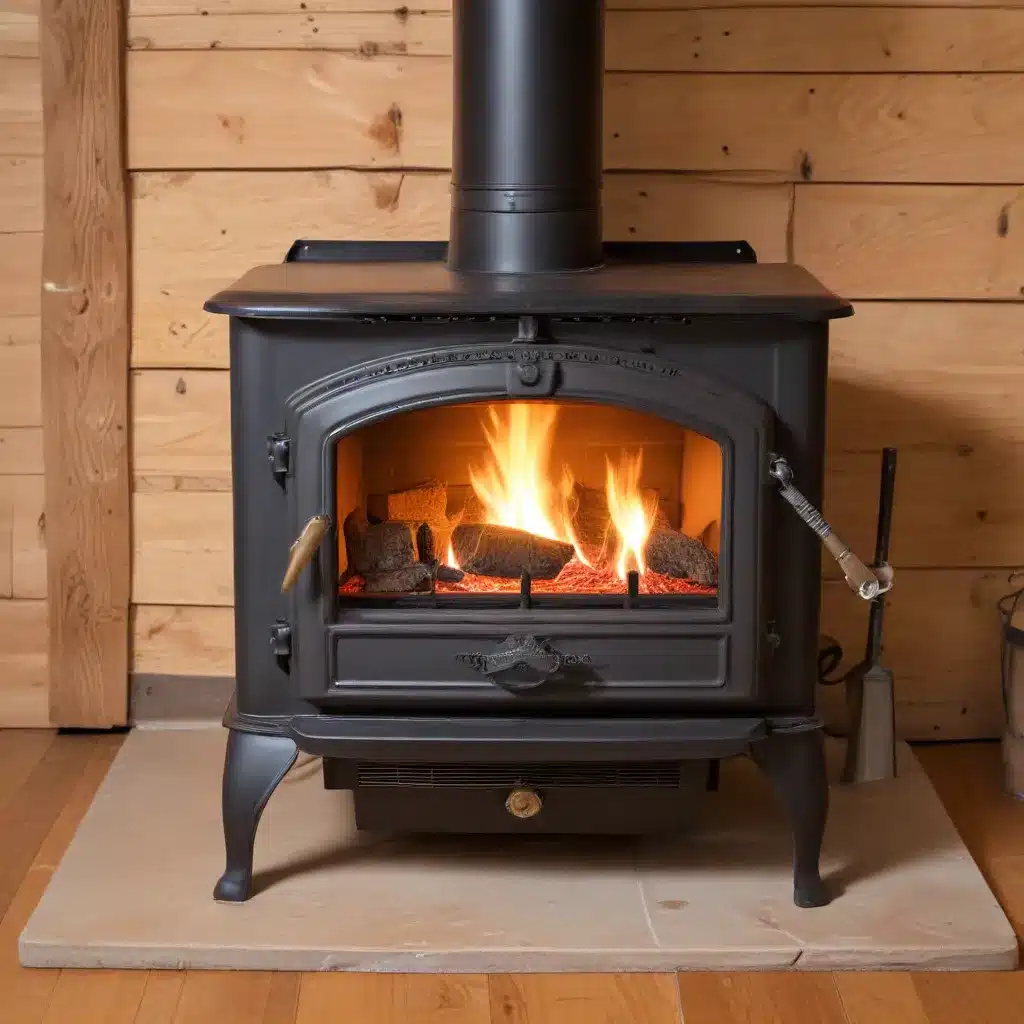
As a seasoned expert in wood stoves and heating solutions, I’m excited to share practical insights and tips to help you reduce your energy bills through effective wood stove insulation and air sealing. Whether you’re looking to upgrade an existing wood stove or optimize your home’s energy efficiency, this comprehensive guide will equip you with the knowledge and strategies to make a real difference.
The Importance of Insulation and Air Sealing
Proper insulation and air sealing are crucial components of an energy-efficient home, regardless of your heating source. Even the most advanced wood stove cannot perform at its best if your home is not properly sealed and insulated.
As one Redditor discovered, a significant investment in attic insulation (over $14,000) did not yield the expected 30-40% reduction in their electricity bills. This highlights the importance of addressing air leaks and ensuring a comprehensive approach to home weatherization.
According to the U.S. Department of Energy, heating your home accounts for about 29% of your utility bill, making it the largest energy expense. By combining proper equipment maintenance and upgrades with recommended insulation, air sealing, and thermostat settings, you can save up to 30% on your energy bills while reducing environmental emissions.
Assess Your Home’s Insulation and Air Sealing
Before embarking on any insulation or air sealing projects, it’s essential to understand the current state of your home. Consider scheduling a professional energy audit to identify areas in need of improvement. A thorough assessment will help you prioritize your efforts and ensure you achieve maximum energy savings.
When evaluating your home’s insulation, look for the following:
- Inadequate or outdated attic insulation
- Poorly insulated walls or floors
- Gaps or cracks around windows, doors, and other openings
Addressing air leaks is just as crucial as improving insulation. Common problem areas include:
- Attic hatches or access panels
- Recessed lighting fixtures
- Electrical outlets and switches
- Plumbing and ductwork penetrations
- Gaps around chimneys, fireplaces, and wood stoves
Upgrading Attic Insulation
The attic is often the most significant source of heat loss in a home, making it a prime target for insulation upgrades. As the Redditor in our example discovered, upgrading their attic insulation from R-22 to R-60 had the potential to yield significant energy savings.
When considering attic insulation, keep these tips in mind:
- Opt for high-performance insulation materials, such as cellulose, fiberglass, or spray foam, to maximize thermal efficiency.
- Ensure proper air sealing before installing new insulation to prevent air leaks.
- Consult with a professional insulation contractor to determine the optimal insulation type and R-value for your climate and home design.
- Proper ventilation is crucial to maintain a healthy, energy-efficient attic space.
Sealing Air Leaks
Air sealing is often more critical than insulation in terms of improving a home’s energy efficiency. By identifying and addressing air leaks, you can significantly reduce heating and cooling costs, improve indoor air quality, and enhance overall comfort.
Here are some effective air sealing techniques:
- Caulk and seal any cracks, gaps, or openings around windows, doors, and other penetrations.
- Use weatherstripping around windows and doors to create a tight seal.
- Seal ductwork connections and insulate exposed ductwork to prevent air leaks.
- Insulate and seal attic hatches, recessed lighting fixtures, and electrical outlets.
- Consider installing a high-performance, airtight wood stove or fireplace insert to minimize air infiltration.
Optimizing Your Wood Stove for Efficiency
Once you’ve addressed insulation and air sealing, it’s time to ensure your wood stove is operating at peak efficiency. Proper maintenance and upgrades can significantly improve your wood stove’s performance and reduce your energy bills.
Consider these wood stove efficiency tips:
- Clean and maintain your wood stove regularly to prevent buildup of creosote and ensure optimal airflow.
- Inspect the door gaskets and replace them if worn or damaged to maintain a tight seal.
- Upgrade to a high-efficiency wood stove model that meets the latest emissions standards.
- Ensure your wood stove is properly sized for the space you’re heating to avoid over- or under-firing.
- Use well-seasoned, dry firewood to maximize heat output and minimize smoke and particulate emissions.
Combining Wood Stove Heating with Other Strategies
While a wood stove can be an excellent source of supplemental heating, it’s important to consider it as part of a whole-house approach to energy efficiency. Combining your wood stove with other strategies, such as a heat pump water heater or mini-split system, can further reduce your energy costs and environmental impact.
As one Redditor shared, the installation of a heat pump water heater led to a significant reduction in their electricity consumption, with a payback period of just a few years. Incorporating these types of upgrades, along with your wood stove and home weatherization efforts, can yield even greater energy savings.
Conclusion
By implementing the wood stove insulation and air sealing tips outlined in this article, you can take significant steps toward reducing your energy bills and creating a more comfortable, energy-efficient home. Remember, a comprehensive approach that addresses both your heating system and your home’s overall energy performance is the key to maximizing your savings.
If you’re ready to take the next step in your journey toward greater energy efficiency, be sure to visit https://woodstoveheaters.com/ for a wide range of resources, including product information, installation guides, and expert advice. Together, we can help you harness the power of wood stove heating while minimizing your environmental impact and utility costs.


